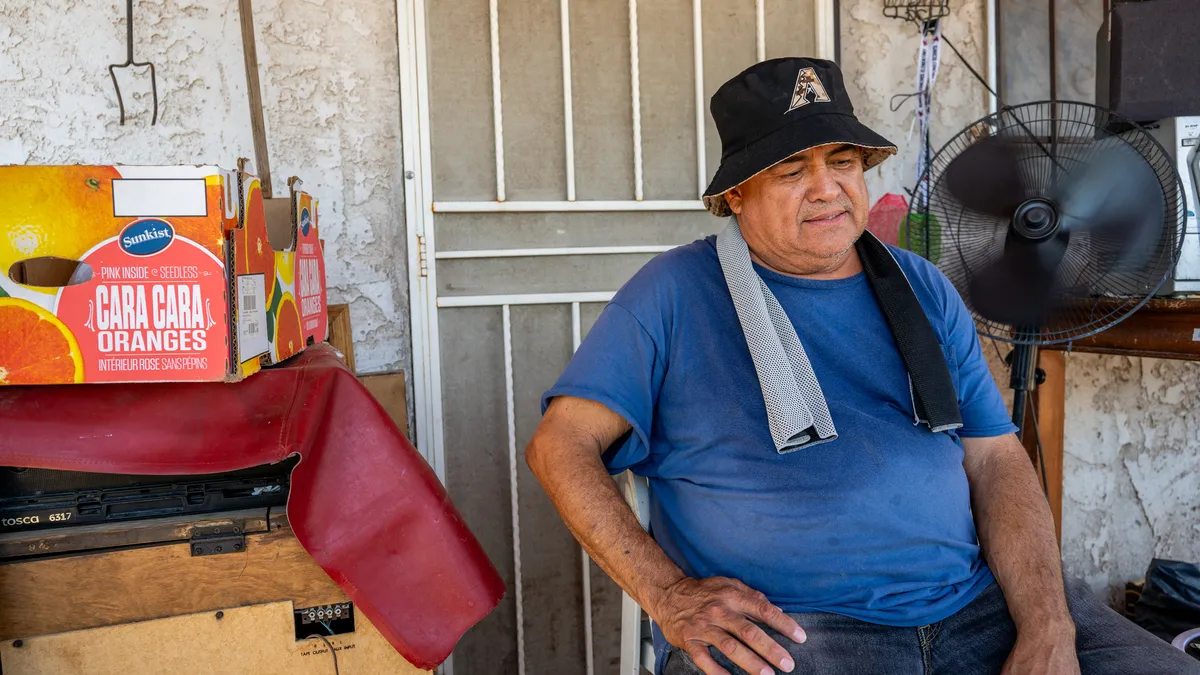Dive Brief:
- An online dashboard launched this month by federal agencies shows which U.S. communities, down to the county, suffer the highest rates of heat-related illness and injury requiring response from Emergency Medical Services.
- Public health officials and decision-makers can use the tool to determine priority areas for heat-related public health efforts, including outreach, cooling centers, street trees, parks and cool roofs, according to a Transportation Department press release.
- Updated weekly, the tool addresses the issue that “existing data on heat-related deaths don’t shed light on where people actually fall ill,” John Balbus, acting director of the Health and Human Services Department Office of Climate Change and Health Equity, said in a statement.
Dive Insight:
The EMS HeatTracker, as the dashboard is named, comes in the wake of a summer that continuously forced officials to come face to face with the dangers of heat, the deadliest type of extreme weather event in the U.S.
“This dashboard is a first step to gather critical data on heat-related illness and save lives,” said National Highway Traffic Safety Administration Acting Administrator Ann Carlson in a statement.
With climate change fueling deadly heat waves, the federal government has ramped up efforts in recent years to support local and state officials scrambling to prevent record temperatures from harming or killing residents. The federal government launched heat.gov last summer as a central landing page for heat-related resources, which will now include the EMS HeatTracker.
The EMS HeatTracker data comes from the nation’s largest publicly available collection of pre-hospital medical care — the NHTSA-maintained National EMS Information System.
The dashboard’s dataset represents patients who were suspected of experiencing a heat-related emergency event when first treated by an EMS clinician. The dashboard also provides county-level information on the average amount of time in transit it took EMS to reach a patient and the percent of patients transported to a medical facility for further treatment.
The dashboard currently shows that between July 27 and Aug. 25, the five jurisdictions with the highest rates of heat-related EMS activations were:
- Arkansas
- Kansas
- Alabama
- Florida
- District of Columbia
EMS HeatTracker also includes demographic information, showing that in that same time period:
- Black or African American populations experienced the highest rate of heat-related EMS activations of any race — almost double the rate of White populations.
- Older populations typically experienced higher rates of heat-related EMS activations than younger ones.
- Men experienced almost double the rate of heat-related EMS activations that women did.
- Rural populations had almost 45% higher rates of heat-related EMS activations than urban populations.












